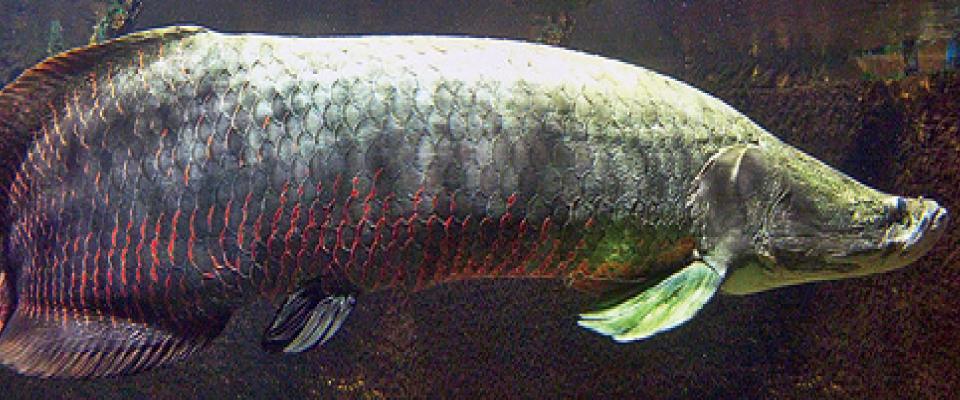Amidst the murky waters of the Amazon, there aren’t many creatures immune to the serrated mouth of a hungry piranha—but the Arapaima gigas fears naught.

This fish can grow to a length of nine feet and may weigh more than 400 pounds, all without worrying about piranha attack. The Arapaima is protected by an armor of remarkably tough scales. A team of scientists, including Berkeley materials science professor Robert Ritchie, is trying to figure out what makes the Arapaima’s scales all but impenetrable.
Ritchie says the Arapaima’s scales are a beautiful example of how nature shapes form to function. The secret to constructing functional and effective armor is the fusion of two properties: hardness and toughness. “Hard materials are generally very brittle,” Ritchie says, “you therefore also need toughness so that the material can withstand high forces of displacement.” Beneath a hard, mineralized outer layer, Arapaima scales are made of a boney under layer that can deflect the stress inflicted by the penetration of say, a pesky piranha tooth.
The real strength of these scales is in the unique composition of that secondary layer. Known as a Bouligand structure, the under layer is an arrangement of highly mineralized protein fibers that are twisted into a spiral that Ritchie says is like Liberace’s staircase.
“Packets of collagen, the primary material found in bone, are arranged into a modified spiral that, as you apply pressure, rotates so as to withstand more of the load,” he says. “It’s a truly beautiful structure.”
And yet despite its hefty armor, the Arapaima swims along seemingly unencumbered. “The armor has to be flexible,” Ritchie says, “which is achieved by overlapping scales, similar to chain mail from the Middle Ages.”
Ritchie says further study of Arapaima scales could lead to the development of lightweight combat armor. “You look at the modern soldier and he’s carrying 80 or 90 pounds of armor on him,” he says.





















